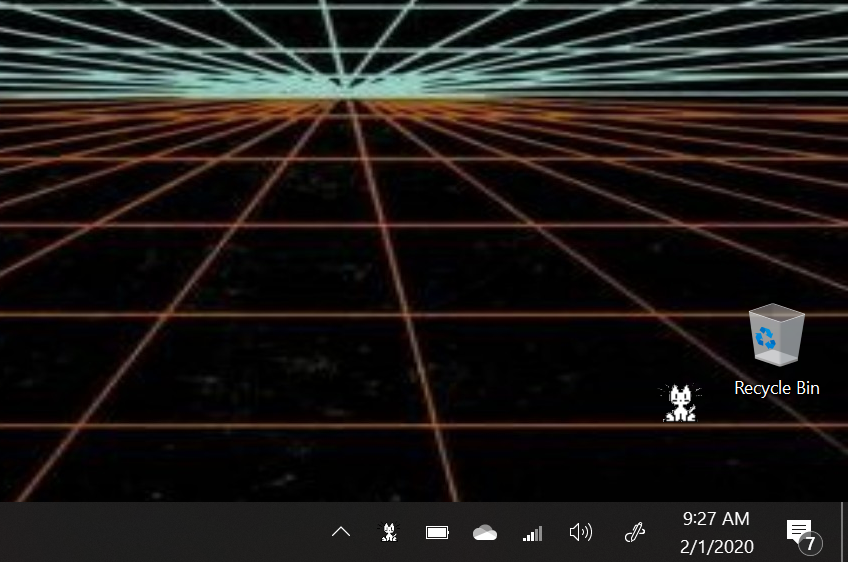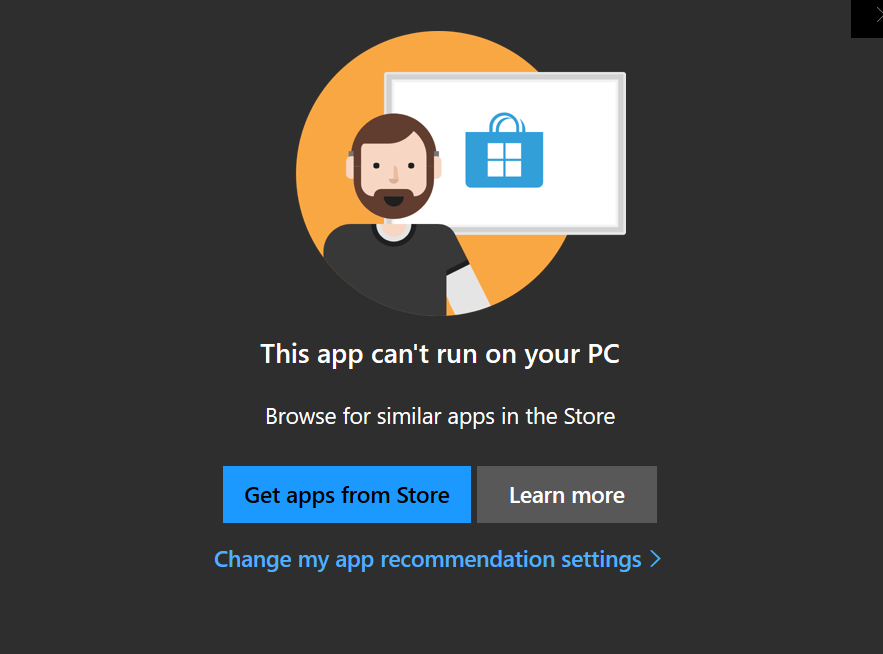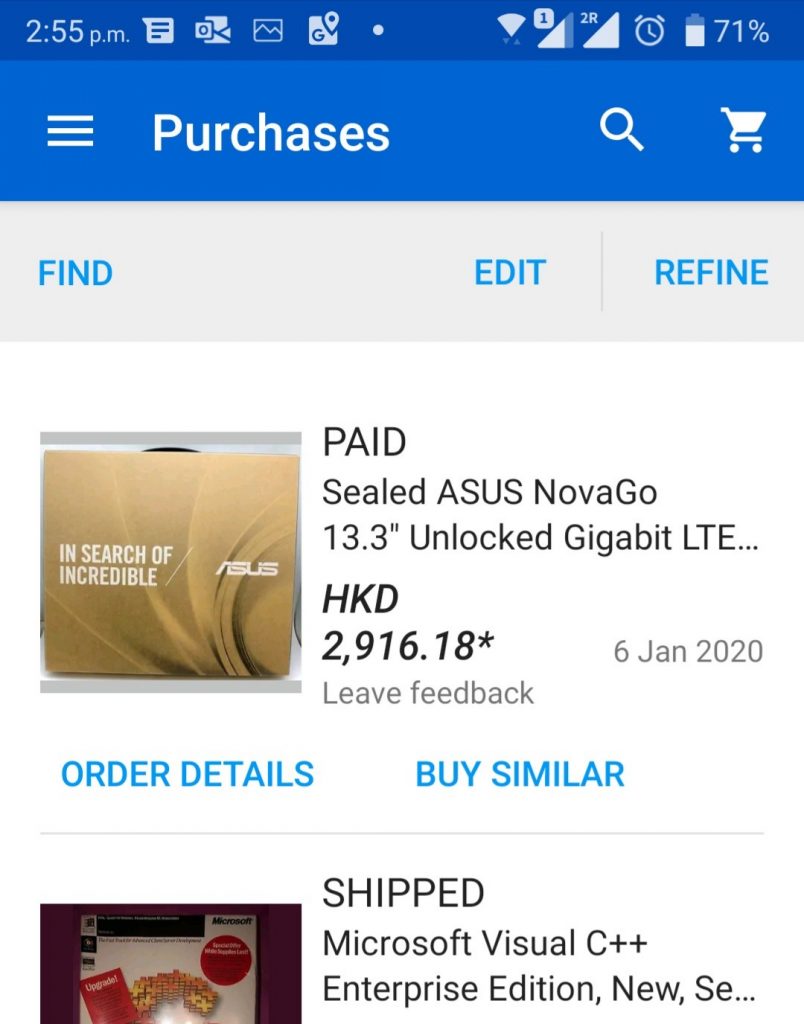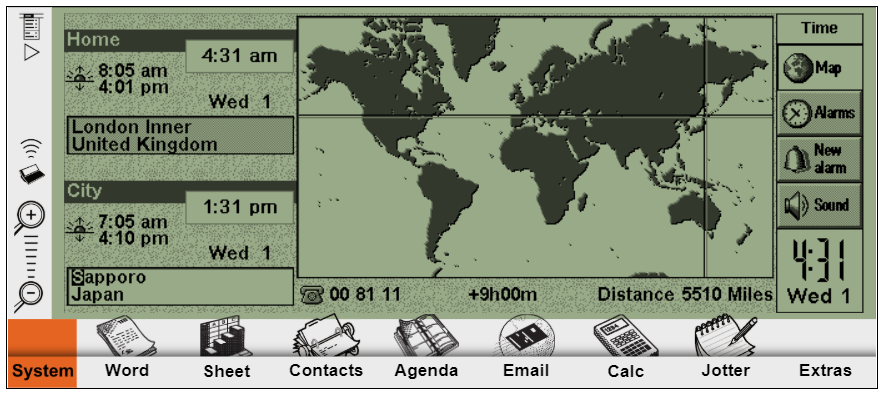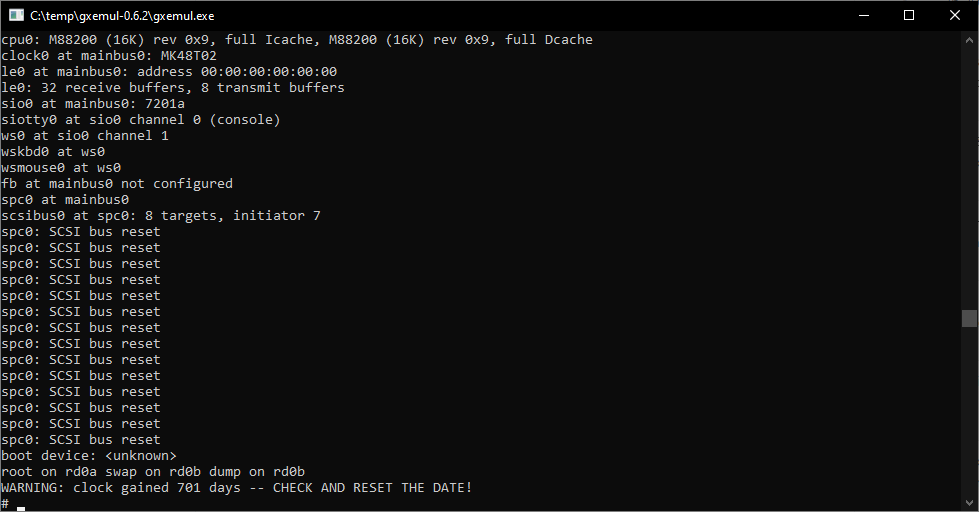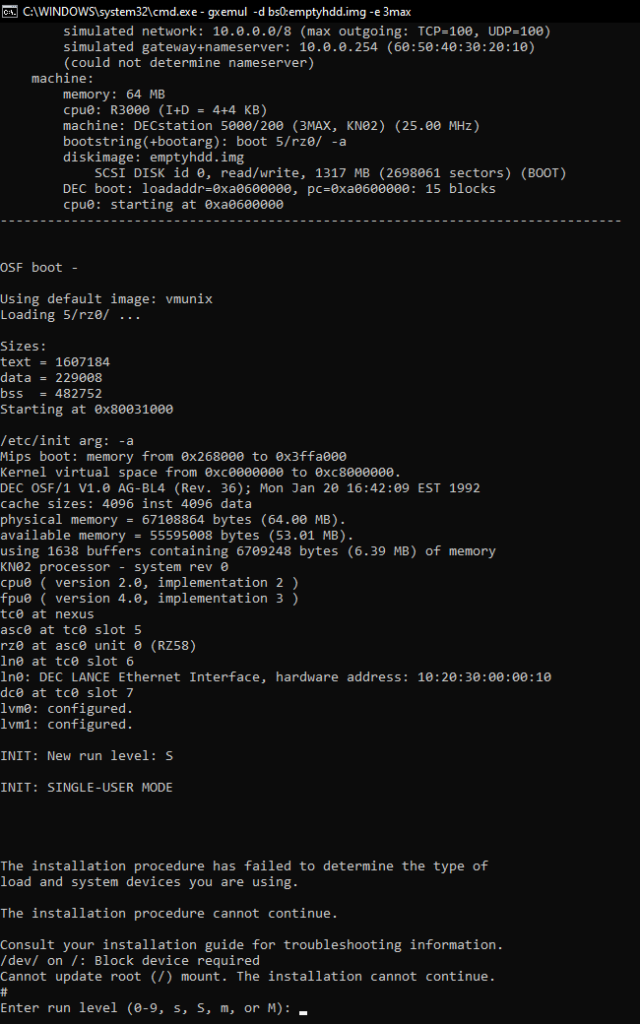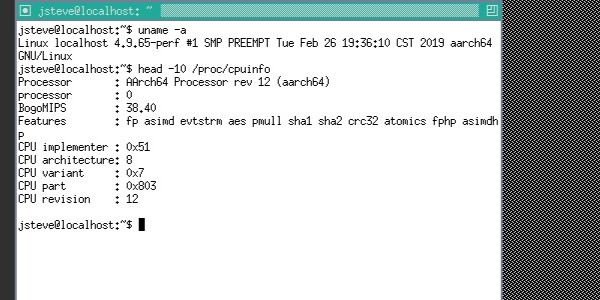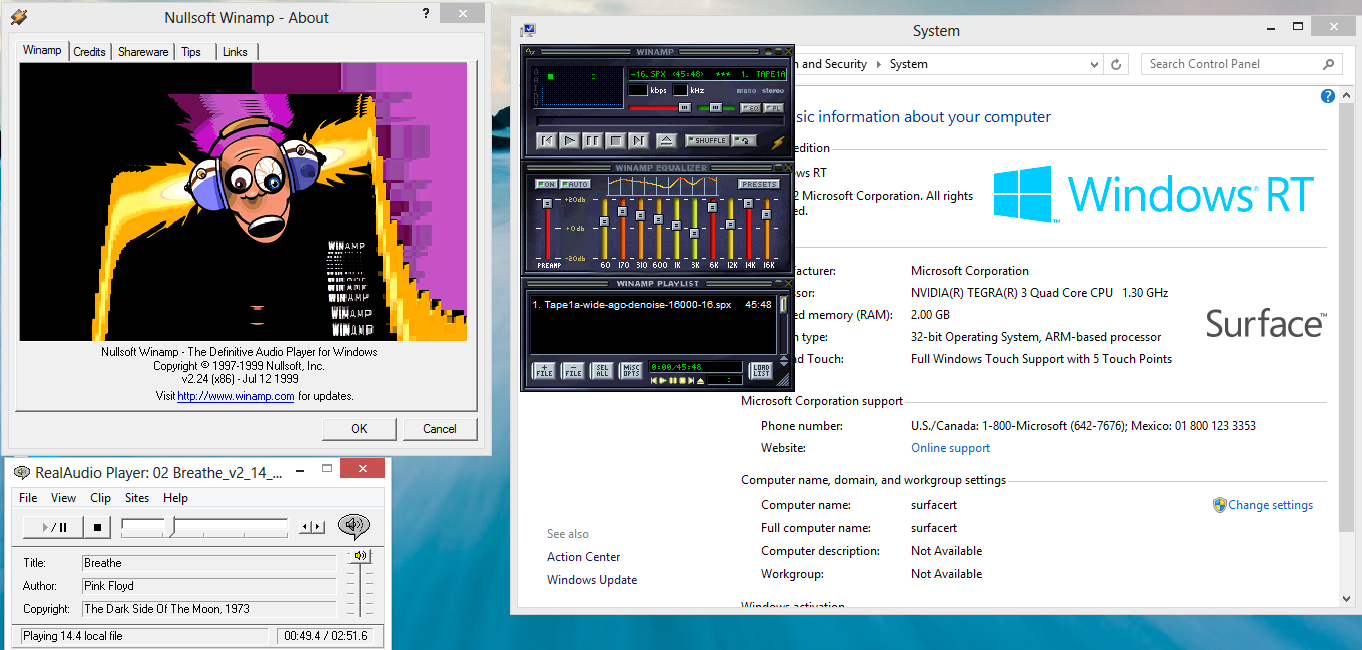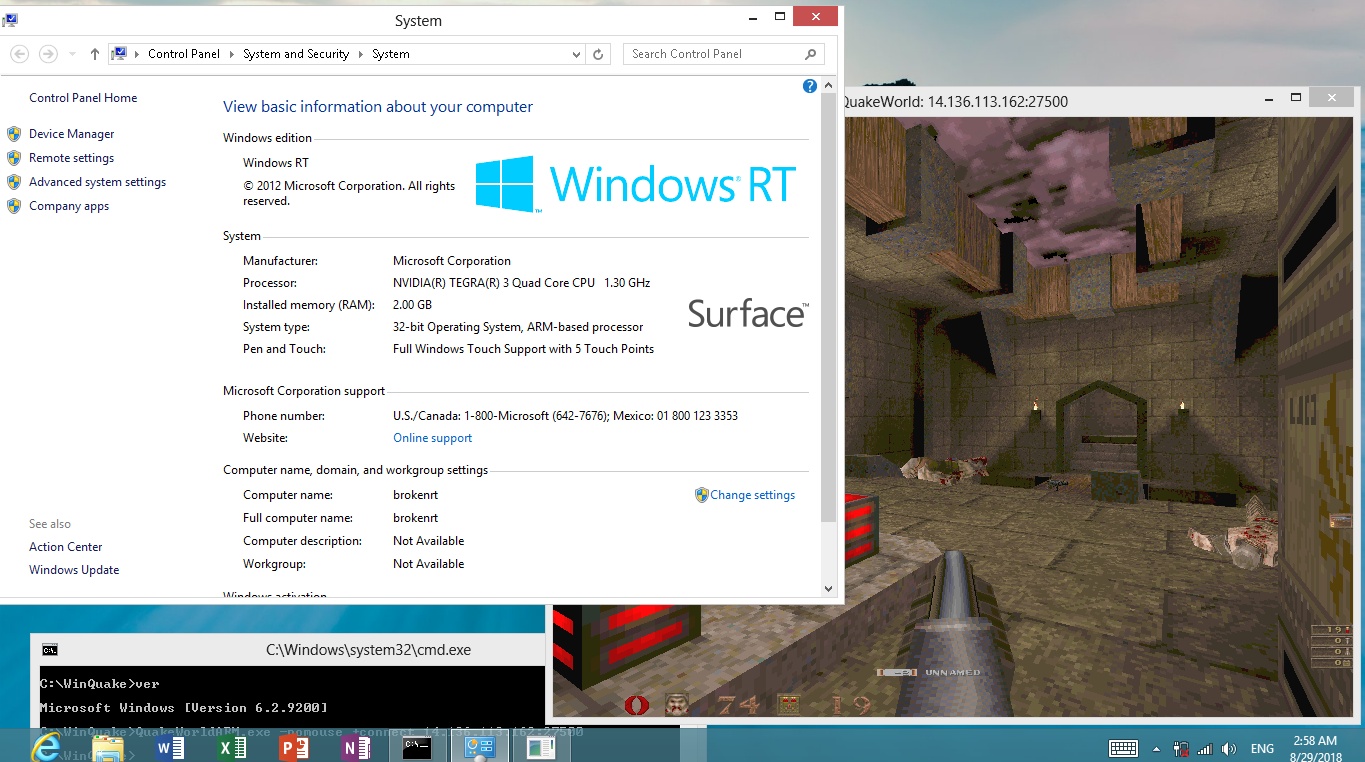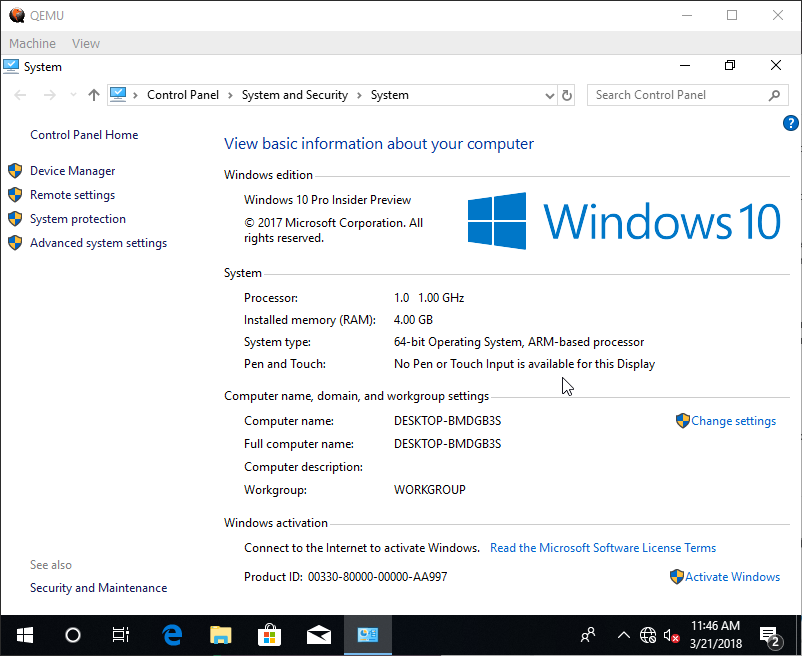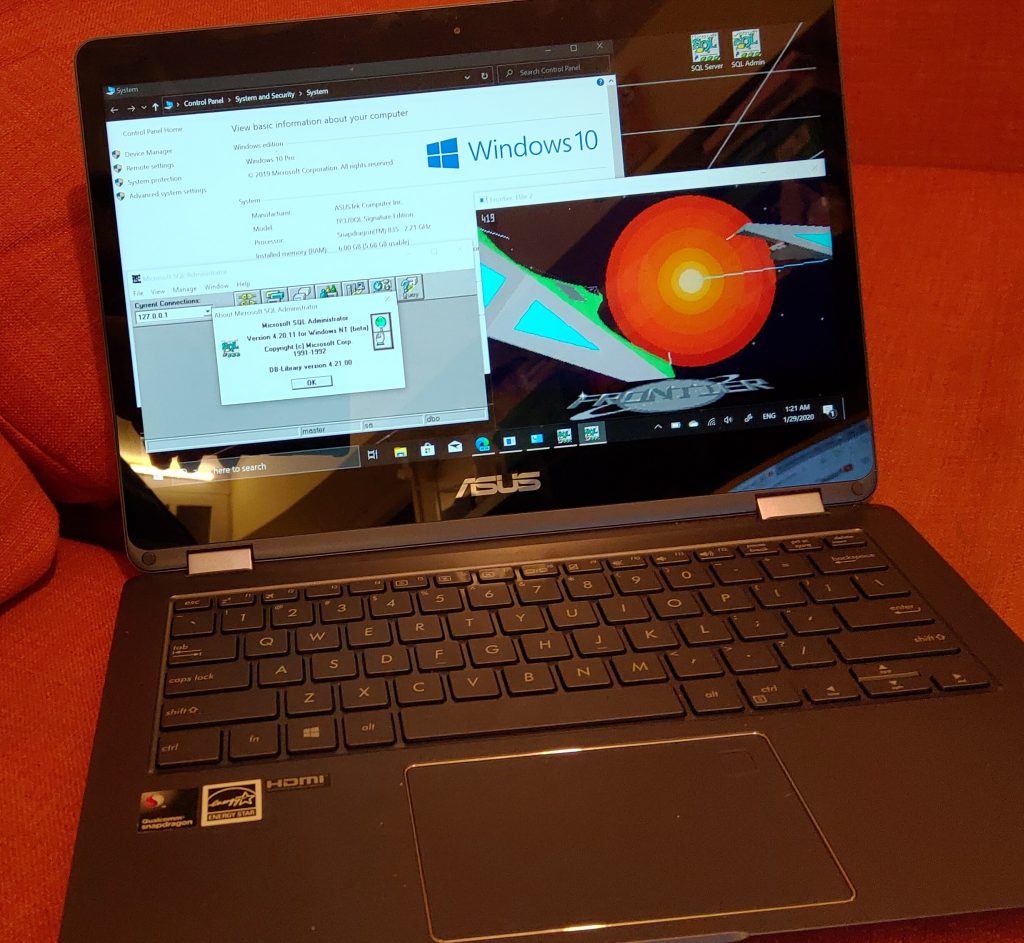
So after the crazed purchase I made a few weeks ago, I returned from Japan, and was able to unbox and use the machine I’d been wanting for a while, a non x86 Windows laptop!
The NovaGo has a Snapdragon 835, and my phone, the ASUS ROG phone has the 845. Yes for this week, my cellphone actually has the stronger processor than my computer. Honestly this is almost an unthinkable situation! Although I haven’t been using my phone as a desktop substitute this week. It’s amazing how MS screwed up 10 on the phones, and Continium.
By default it comes crippled with this ‘S’ mode Windows, which hearkens back to the Windows RT launch, with the difference that it’s a quick trip to the application store to unlock Windows 10 Professional. It’s a free download as it should be, and it doesn’t even require a reboot!
Build quality isn’t so bad, the screen folds all the way back to make the machine into a ‘tablet’ although I don’t like that mode so much, it just feels wrong to wrap a keyboard around a monitor. However if you have rambunctious young kids, it’s great as when someone went running by me flailing their arms around like a while animal, when they struck the laptop the screen could easily fold back 180 degrees. Yay.
My first thing to do after setting up Office and VMWare VDI was to install the Linux subsystem, and Ubuntu. it’s exactly the same as it is on x86_64, which is great. And this let’s me have the best of both worlds, just like x86_64. As much as I dislike stumbling around with that aborted child of Pascal & Fortran (Python) at least I can run it under (mostly) Linux to get something close to like the production environment.
The C/C++ compiler is actually all cross tools. I wanted CLI only stuff because I like torturing myself, and it required a few GB of downloads. The good news is that the latest Windows 10 SDK does support GDI/CLI apps, so no crazy SDK hacking required, unlike back in the Windows RT days. Oddly enough the Taskforce 87 interpreter runs fine, but nothing else does.
I did a horrible job at hacking up SDL 1.2 to at least run (kind of, the audio doesn’t work, and it’s all WinDB *EDIT I got it fixed!!!) I got a few things up and running, including DOSBox and FrontVM. One thing that greatly helps is that i386 binaries ‘just work’. Honestly you wouldn’t even know you are running them when you are. Which made hunting down the ARM64 version of Chromium Edge kind of difficult to find. There really needs to be a more apparent way to tell them apart, if anything for battery efficiency.
As pictured, SQL Server 4.21a runs just fine, again you wouldn’t even notice. Same for Visual C++ 1.0 & FORTRAN PowerStation 1.0.
Again the audio in my crap SDL build doesn’t work, so DOSBox is silent, and without Direct X, the text mode is tiny. Oh also, there is no OpenGL in this version of Windows dev kit for some reason. Running ssystem is ungodly slow. Also the default optimizations seems to be Os, optimize for space, and on this ASUS I have to say /Ox is way way faster. DooM is quite playable on DOSBox when build with /Ox, unlike /Os.
For me, I spend most of my day to day in Office, and VMWare VDI, connecting to secure networks. So I’m just one step above a terminal. Which I guess is kind of sad, but this machine more than fills that roll for me. The 120GB of storage is tight. This isn’t a development machine persay, nor is it something to download tonnes of data to, it’s a lightweight machine where it’s strength is the built in 4G modem, and when running ARM software the longer battery life. To me the biggest drawback is that the keyboard isn’t backlit. Even though I touch type, I didn’t realize how much I’d grown used to it for casual use.
I guess it’s a hard toss up from this and a PINEBOOK Pro, I think most readers here would prefer the Pinebook, for all it’s openness, although I still like the idea of being able to copy over the Win32s version of Lemmings, and it just running. For me I kind of like this thing, although once I switch back to an x86_64 with more memory, better GPU and disk options, maybe this just feels like some kids toy.
I don’t know how I didn’t think of this, but I also ported Neko98! Although the STL is having an issue with the ‘control panel’ so Neko is on autopilot.
As for the emulation, it is 32bit only, so expect to see this stupid message quite a bit. The neckbeard is a nice touch though.
Also built into the thing is a cell modem. I guess it’s really not a surprise as the 835 really is a cellphone SOC. I have a ‘wifi egg’ as they are called here, a WiFi hotspot with unlimited internet from CLS, which is on the old 4G network. I popped the SIM in, and it picked up the APN settings on it’s own and I was connected in under a minute. I have to say that it’s about time that SIM cards have this stuff programmed into them for a plug & play experience. And thankfully the ASUS is unlocked, although from what I understand these were sold in the USA bundled with some cell service plans.
For anyone with one of these rare machines that cares to play along you can find my built stuff on my ‘vpsland’ archive:
https://vpsland.superglobalmegacorp.com/install/Windows10-ARM/
And the f2c/dungeon build along with the C/C++ compiler is in the aptly named dungeon-2.5.6-ARM(32bit)-win32.zip file.

